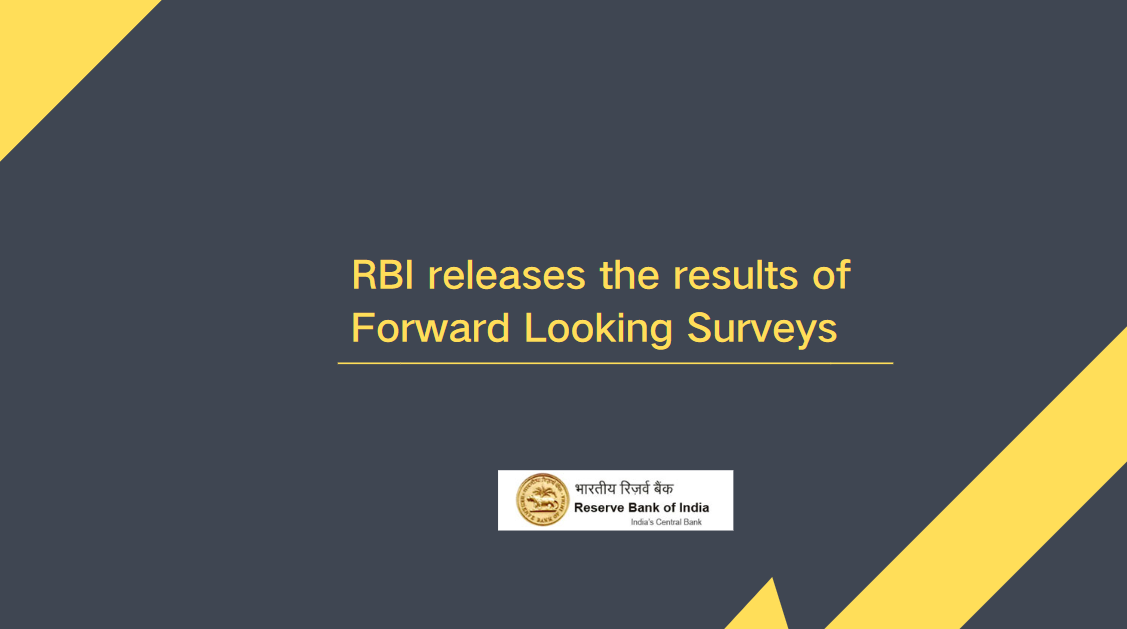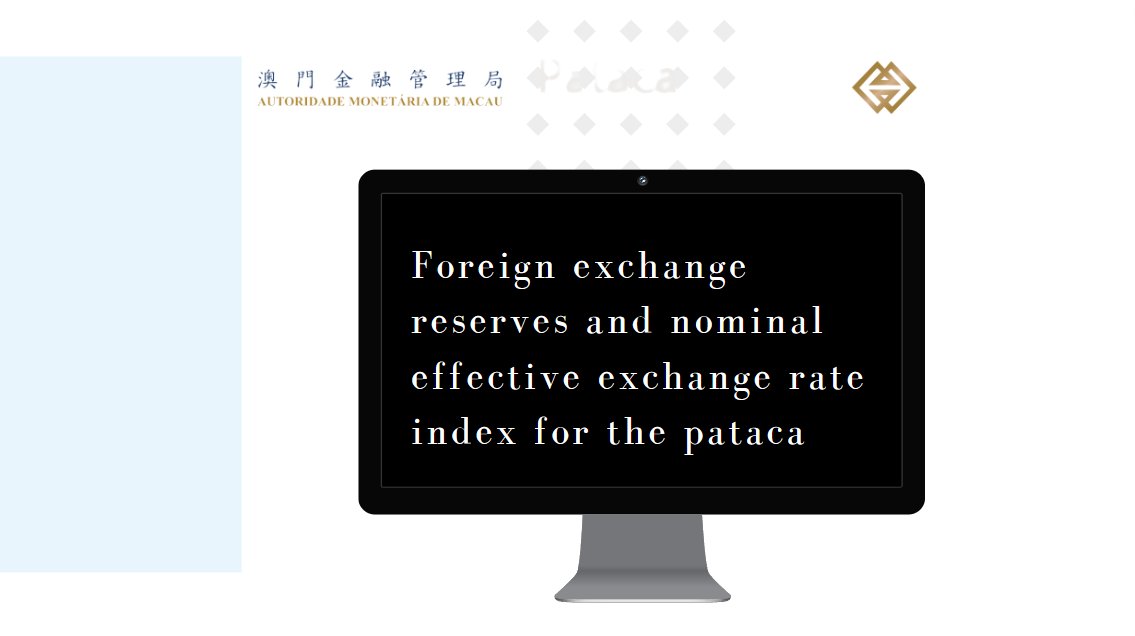Ignazio Visco: Monetary policy and the return of inflation
Introduction and some history
Inflation is back. After at least three decades of moderate-to-very moderate consumer price changes in advanced economies, inflation has returned to levels that are severely affecting the lives of households and firms, their decisions to consume and to save, to work and to invest. Last year, average inflation for the world economy was almost 9 per cent, more than 7 per cent in advanced countries and almost 10 per cent in emerging and developing economies. During the year it peaked at between 9 and 11 per cent in the United States, the euro area and the United Kingdom, well above the targets of central banks (fig. 1). In this lecture, I will mainly consider the recent developments of inflation in the euro area and the monetary policy response that has been taking place since the autumn of 2021.
The high inflation that we are observing is by no means a new phenomenon, although perhaps one that had been increasingly considered a phenomenon of the past. Indeed, even higher inflation peaks were recorded in many advanced economies in the 1970s and the early 1980s. A close look at the dynamics of inflation since 1970 suggests a possible periodisation for the last 50 years.
The years of high inflation. The 1970s and 1980s were characterised by two oil shocks, which pushed consumer price inflation above 20 per cent in countries like the United Kingdom and Italy, and to 15 per cent in the United States. To make things worse, following the spikes due to higher oil prices (initially linked to the Yom Kippur war in 1973 and subsequently as a result of the Iranian revolution in 1979), and notwithstanding some key differences in its manifestation across countries, inflation turned out to be very persistent. In Italy and the United Kingdom, for example, high inflation lasted until the counter-shock of 1986; in the United States, consumer price growth remained above 5 per cent until what became to be known as the "Volcker disinflation" brought it back under control, by means of a very restrictive monetary policy that caused a double-dip recession in 1981-83 and a large surge in unemployment. Where inflation lasted longest, multiple factors caused it to persist, including high wage growth, often spurred by explicit or implicit indexation mechanisms, which gave rise to wage-price spirals; strongly expansionary fiscal policies, in many cases already taking place before the two shocks had occurred; the scarce attention paid to (the anchoring of) inflation expectations; and the lack of independence of central banks.






















































First, please LoginComment After ~